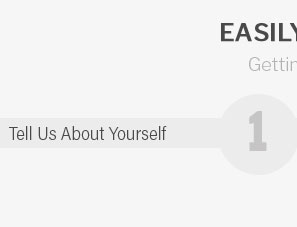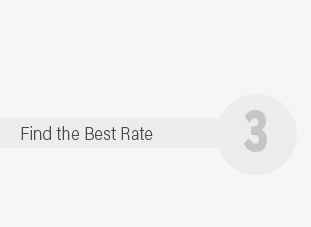 |
 |
 |
|---|
 |
 |
 |
 |
|---|
 |
 |
 |
 |
 |
 |
|---|

How to Buy Home Insurance: A Comprehensive GuideBuying home insurance can feel like navigating a labyrinth, but understanding the process and the options available can simplify the journey significantly. As a homeowner, securing the right insurance is not just a recommendation-it's a necessity. This guide aims to illuminate the path to purchasing home insurance with practical advice and subtle insights that can help even the most novice buyer make informed decisions. First, let's consider why home insurance is indispensable. It provides a safety net against potential disasters such as fire, theft, or natural calamities, safeguarding not just your property but also your financial stability. With that in mind, the first step in acquiring home insurance is evaluating what you need. Assess Your Coverage Requirements: Every home is unique, so your insurance should reflect the specific risks associated with your location, the value of your home, and your personal belongings. Consider factors like the age of your home, local weather patterns, and any additional structures on your property. Personal belongings such as expensive electronics or jewelry might require additional coverage, often termed as a rider or floater. Once you have a clear picture of your needs, it's time to dive into the world of insurance providers. Research and Compare Providers: Not all insurance companies are created equal. Some might offer lower premiums but come with higher deductibles or less comprehensive coverage. Research is your best ally here; delve into online reviews, consult with friends and family, and perhaps most importantly, compare quotes from multiple providers. Websites that aggregate insurance quotes can be a valuable tool, allowing you to compare options side by side. Remember, the cheapest option isn't always the best-consider the company's reputation, customer service, and claim handling process. Understand Policy Details: Once you've narrowed down your choices, scrutinize the policy details. It's crucial to understand what is and isn't covered. Many policies have exclusions-certain events that are not covered. Make sure these exclusions align with your risk assessment. Additionally, pay attention to the policy limits, which dictate the maximum amount the insurance company will pay out in the event of a claim. If your home is valued at $300,000 but your policy limit is $250,000, you could find yourself significantly out of pocket in a total loss scenario. Deductibles and Premiums: Another key component to consider is the balance between deductibles and premiums. A deductible is the amount you pay out of pocket before your insurance kicks in. Generally, a higher deductible means lower premiums, and vice versa. Choose a deductible that aligns with your financial situation-while a higher deductible can save money on premiums, ensure it's an amount you could comfortably cover in the event of a claim. Finally, Review and Adjust Regularly: Life changes, and so should your insurance. Major life events such as renovations, the purchase of valuable items, or changes in the real estate market can affect your insurance needs. Regularly reviewing your policy ensures that your coverage remains adequate and cost-effective. Don't hesitate to shop around again at renewal time-loyalty to a provider should not come at the cost of better coverage or lower rates elsewhere. In conclusion, while the process of purchasing home insurance may seem daunting, a methodical approach can demystify it. By assessing your needs, researching providers, understanding policy details, and regularly reviewing your coverage, you can secure a policy that not only protects your home but also provides peace of mind. Remember, the right insurance policy is an investment in your home's future stability and security. https://www.youtube.com/watch?v=M8pNZf8vsLs
39:30 Go to channel Homeowners Insurance Explained - How to Shop for the Best Policy | #LoanwithJen #homeinsurance Loan With Jen35K views https://www.progressive.com/answers/first-time-homebuyers-guide-to-insurance/
You can start shopping for a policy as soon as you've solidified your new address. Shopping for homeowners insurance early gives you more time to select the ... https://www.reddit.com/r/RealEstate/comments/15rt8o6/how_do_i_shop_forbuy_good_home_insurance/
First of all, it's pretty stupid that my original insurance would expire after a year... but how do I go about shopping for good rates, and what's the process ...
|
|---|